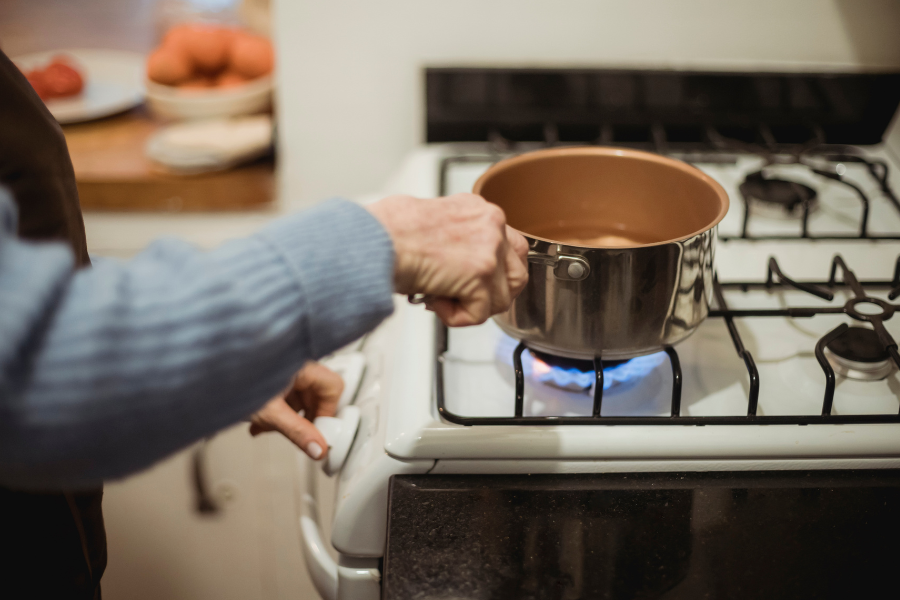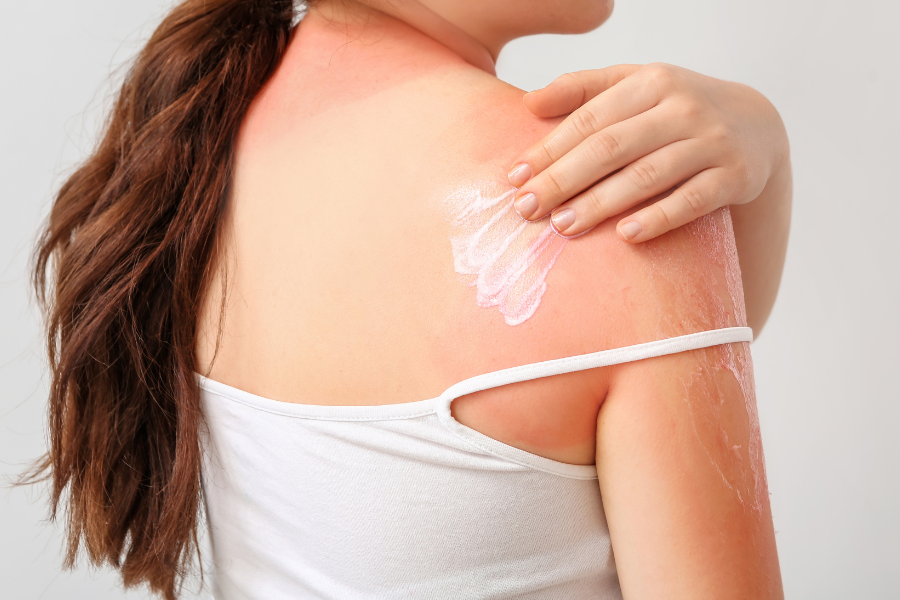
Every day, countless individuals suffer from burn injuries, but have you ever stopped to consider what causes these painful wounds and how frequently they occur? The American Burn Association reports that an astonishing 486,000 people in the United States seek medical treatment for burn injuries annually.
Burns can arise from many sources, including heat, chemicals, electricity, radiation, and the sun’s powerful rays. Shockingly, the majority of burn injuries (approximately 71%) take place within the comfort of one’s own home.
The severity of burns can vary drastically, from minor injuries that heal quickly to severe damage that necessitates prolonged medical attention. At Freedom Health & Wellness, we recognize the detrimental impact of burns on your quality of life and are dedicated to providing effective treatment options. To help prevent accidental burn injuries that may require hospitalization, let’s review the various causes and types of burns.
What Are the Common Causes of Burns?
Open flames rank among the most frequent causes of burns, yet numerous other factors contribute to these injuries. These include:
 Friction burns: Friction burns happen when a rough object rubs against the skin, causing heat and abrasion. They are frequently seen in motorcycle and bike accidents but can also occur from falling on rough surfaces or getting rug burns.
Friction burns: Friction burns happen when a rough object rubs against the skin, causing heat and abrasion. They are frequently seen in motorcycle and bike accidents but can also occur from falling on rough surfaces or getting rug burns.- Cold burns: Also known as frostbite, cold burns occur when skin is exposed to freezing temperatures. Prolonged exposure to cold air or direct contact with extremely cold objects can damage tissue and cause frostbite.
- Thermal burns result from direct contact with hot objects or substances, raising the skin’s temperature to the point of cell death. Common sources include hot metals, scalding liquids, flames, and steam.
- Radiation burns: Sunburn is a well-known example of radiation burns caused by prolonged exposure to ultraviolet rays. Additionally, medical procedures such as X-rays or radiation therapy for cancer treatment can also result in radiation burns.
- Chemical burns: Strong acids, solvents, or detergents that come into contact with the skin can cause chemical burns. These burns often result in tissue damage and require immediate medical attention.
Electrical burns: Exposure to an electrical current can cause electrical burns, resulting in tissue damage and nerve injury. These burns often occur in workplace accidents or incidents involving faulty electrical appliances.
Degrees of Burns
The layers of skin the injury has affected determine the severity of the burns. While severe burns, typically categorized as first-degree burns, can often be managed with home remedies, more serious burns require immediate medical attention.
Recognizing the different degrees of burns is important for providing appropriate treatment. Even minor burns should be assessed to ensure proper care. While minor burns may not always demand immediate medical attention, any burns causing significant skin loss warrant professional treatment.
First-Degree Burns
First-degree burns affect only the outer layer of skin, known as the epidermis. These burns typically result in mild pain and redness in the affected area. While less severe first-degree burns may only cause minor discomfort, more serious cases can lead to actual skin damage.
Fortunately, first-degree burns can often be managed at home with over-the-counter burn ointments and pain relief medication, such as ibuprofen. Although more severe cases may result in temporary cosmetic issues, long-term effects are rare.
Second-Degree Burns
Second-degree burns affect both the epidermis and the dermis, the first and second layers of skin, respectively. Also referred to as partial thickness burns, these injuries are typically more painful than first-degree burns and can even surpass the discomfort of third-degree burns.
In addition to heightened pain levels, second-degree burns often present with increased redness, swelling, and blistering. Depending on the severity, the affected area may take several weeks to heal fully, and some cosmetic effects may remain.
Third-Degree Burns
Third-degree burns are the most severe and require immediate medical attention to prevent infections and long-term cosmetic effects. They penetrate all layers of skin, including the underlying tissue.
Due to the destruction of nerve tissue, individuals with third-degree burns may not experience pain in the affected area, complicating assessment. Signs such as charred skin, pain in surrounding areas, and shock should prompt immediate medical intervention.
Recognizing the severity of burns and seeking appropriate medical care is essential for optimal recovery and minimizing long-term complications. If signs of a third-degree burn are present, prompt medical assistance is crucial to ensure proper treatment and prevent further complications.
How to Prevent a Burn
How to Minimize the Risk of Burns:
 Apply sunscreen regularly to protect your skin from sunburns, especially during prolonged sun exposure.
Apply sunscreen regularly to protect your skin from sunburns, especially during prolonged sun exposure.- Ensure your home’s water heater is set below 120 degrees Fahrenheit to prevent scalding burns, particularly in children and the elderly.
- Before bathing, always test the water temperature to avoid accidental scalds, especially when bathing children.
- Safely store chemicals, lighters, and matches out of reach of children to prevent accidental burns or fires.
- Practice kitchen safety by using the stove’s back burners whenever possible, securing pot handles, and never leaving the stove unattended.
- Avoid holding children near hot objects, such as stoves, to prevent accidental burns.
- Install safety guards around fireplaces and never leave children unattended near fire sources.
- Ensure your home is equipped with working smoke detectors and regularly test them to detect fires early.
- Keep fire extinguishers in accessible locations throughout your home and familiarize yourself with their proper use.
- Cover electrical outlets to prevent electrical burns and shocks, especially in households with young children or pets.
Understanding burns, their causes, and their degrees are important for maintaining good health and well-being. We can protect ourselves and our loved ones from the dangers of burn injuries by being proactive in burn prevention and seeking prompt medical care.
If you are worried about a loved one who is prone to burns and accidents, contact Freedom Health & Wellness to explore home care options. Our experienced team can provide personalized care and information on burn treatment so your loved one can heal properly.




